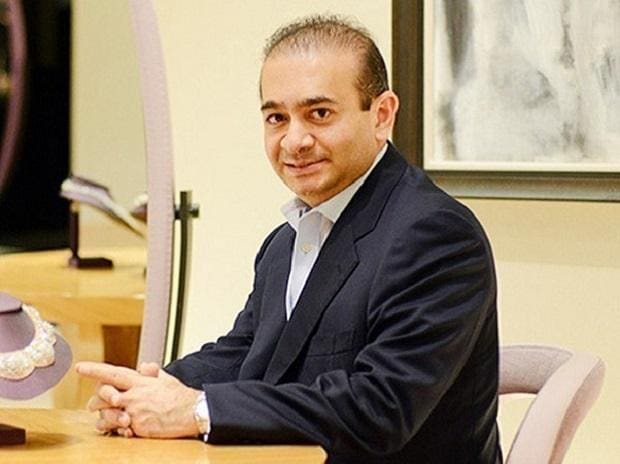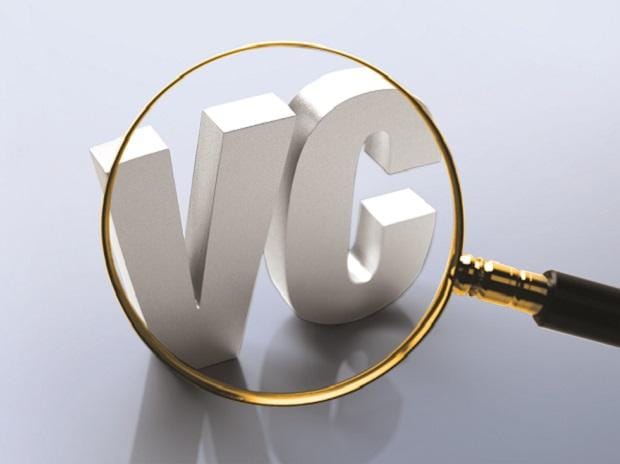India’s retail inflation rate unexpectedly decelerated to an 11-month low in November, and factory output contracted to hit a 26-month low in October, further strengthening the case for ending the
rate hike cycle by the central bank.
The data released by the National Statistical Office on Monday showed that the Consumer Price Index (CPI)-based inflation rate eased below the Reserve Bank of India’s (RBI’s) upper tolerance limit
of 6 per cent, to 5.88 per cent, in November due to a sharp moderation in food prices. It was 6.77 per cent in October 2022, and 4.91 per cent in November last year.
The Index of Industrial Production (IIP), on the other hand, shrank 4 per cent year-on-year in October as manufacturing output contracted 5.6 per cent. Average inflation has remained above 6 per
cent for the past three consecutive quarters, which constituted a failure on the part of the RBI to meet its inflation mandate.
The moderation in inflation was driven by vegetables (-8.08 per cent) and fruits (2.62 per cent), while inflation for egg (4.86 per cent), cereals (12.08 per cent), and spices (19.52 per cent)
accelerated further.
However, core inflation, which excludes volatile food and fuel prices, inched up to 6.3 per cent in November from 6.2 per cent in October.
RBI Governor Shaktikanta Das in his latest monetary policy statement had expressed concern over the “sticky and elevated” core inflation, holding that the battle against inflation was not over yet.
“The measures taken by the government to contain food prices helped to bring inflation below the RBI’s tolerance limit of 6 per cent. To soften the prices of cereals, pulses and edible oils, appropriate trade-related measures have been undertaken. The impact of these measures is expected to be felt more significantly in the coming months,” the finance ministry said in a statement.

Soumya Kanti Ghosh, group chief economic adviser, State Bank of India, said now there was a “minimal probability” of a 25-basis point rate hike in February. “However, that will also be accompanied by a change in stance to neutral, if it was to happen. The next policy statement is due on February 8, and will come just after the Budget announcement on February 1 and after the FOMC policy statement. From that point, the RBI will be in a vantage position of taking a considerate view in February policy,” he added.
However, Sunil Sinha, principal economist, India Ratings and Research, said that while headline inflation was under the RBI’s target, sticky core inflation needed continuous monitoring, and the RBI was unlikely to lower its guard against inflation. “While the extent of rate hike has reduced, India Ratings still expects the central bank to undertake a 25-bp hike in February 2023 monetary policy,” he said.
The six-member monetary policy committee (MPC) of the RBI last week increased the policy repo rate by 35 basis points to 6.25 per cent, the highest level since February 2019. The repo rate has been increased by 225 bps since May.
Except for the primary (2 per cent) and infrastructure (1 per cent) groups, all use-based components of the IIP contracted in October. While consumer durables (-15.3 per cent) contracted for the
third consecutive month, consumer non-durables (-13.4 per cent) shrank for the fourth consecutive month, signalling weak demand in the economy, especially for mass consumption items. The festival season in October, which led to a lesser number of working days, also adversely affected factory production.
Crisil Chief Economist D K Joshi said it was certain that global slowdown would weigh significantly on industrial outlook over the coming year, as aggressive rate hikes and elevated inflation had hit growth in advanced economies. “Domestic demand recovery has been uneven, with demand for higher value items such as passenger vehicles remaining stronger than consumer non-durables. Going forward domestic demand could soften as transmission of rate hikes progresses and increases borrowing costs from current levels,” he added.
Note:- (Not all news on the site expresses the point of view of the site, but we transmit this news automatically and translate it through programmatic technology on the site and not from a human editor. The content is auto-generated from a syndicated feed.))



